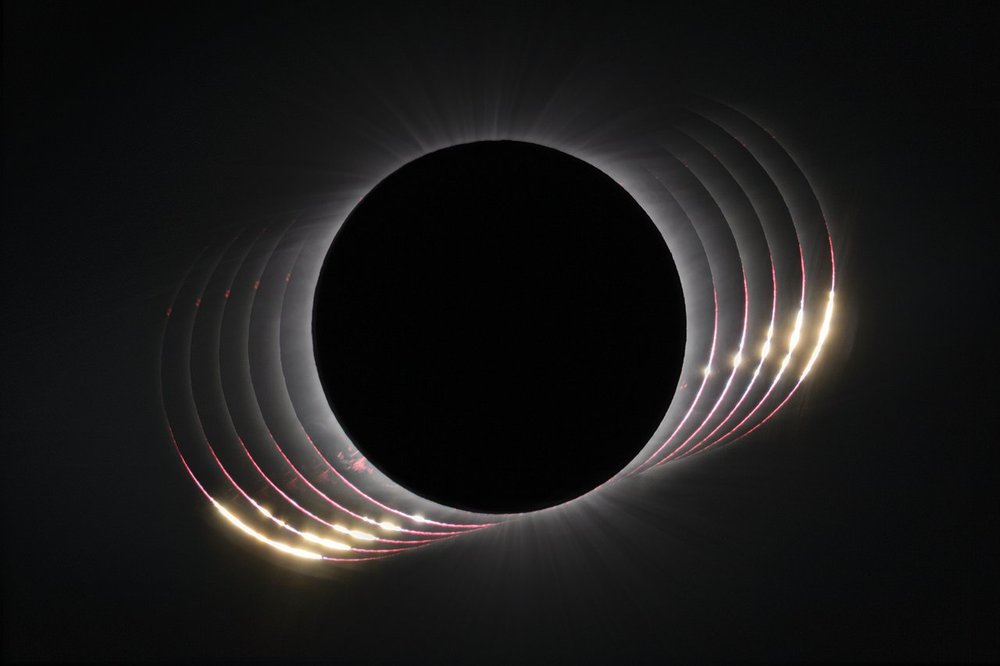NASA Needs Your Help for the April 8, 2024 Solar Eclipse

by Juan Denzer, Engineering and Computer Science Librarian
Did you ever hear about when the Sony PlayStation 3 was being used to help researchers at Standford University in 2007? Researchers at Stanford developed a program called Folding@Home. Scientists wanted to study protein folding in the human body and how it can lead to diseases such as cancer, Parkinson's and Alzheimer's. Protein folding is the process by which a chain of amino acids twists and bends into a unique 3D shape that determines its function.
How did the PlayStation 3, with support from the console owners, help? All they had to do was download and install software. The PlayStation 3 leveraged its powerful processor to contribute to Folding@home by running protein folding simulations whenever the console was idle or in standby mode. Perhaps you were too young to know or care, or maybe you just wanted to have fun playing video games.
Well 15+ years later, researchers are still calling upon the public to join in helping advance the knowledge of science. Now is your time to volunteer and take part as a field researcher. That’s right, you won’t just be loaning your high-tech processing cycles by leaving them on while you go about life. You will be actively helping NASA while experiencing April’s solar eclipse.
You might be thinking, how can I help NASA? What is this going to cost? Do I need special training? Is it going to interfere with enjoying the solar eclipse? No, and the best part is that you probably already own one of the most powerful pieces of technology that fits right in your hand. What might that be? Why it’s your smartphone.
How can you use your smartphone to help NASA researchers? Like the Folding@Home program, it starts with downloading an app. NASA is calling for volunteers to participate in the SunSkechers program. To participate, all you need is NASA’s free app, which uses your smartphone’s camera along with its GPS coordinates to record the eclipse. Images from your phone will help NASA learn more about the sun, such as its shape and size.
But wait, doesn’t NASA already know the shape and size from all their advanced images? Yes, but not as precise as you would expect. By analyzing images of a solar eclipse, particularly the phenomenon called "Baily's beads" - brief flashes of sunlight peeking through valleys on the Moon's edge - scientists can measure the Sun's precise shape and size.
So what do you need to do after installing the app? As a research volunteer, angle your smartphone up to capture the solar eclipse. Then let SunSketcher do the work and capture image data for NASA. If you think that it will take away from looking at the solar eclipse with your special glasses, don’t worry -- you won’t miss a thing. But it may interfere with using your phone to post a TikTok video. That’s a small price to pay Because Science!
So go forth and be a Citizen Scientist and help NASA collect valuable data. Note that you don’t have to be a U.S. citizen to participate.
To learn more about the SunSketcher program, visit their FAQ
If you want to know more about NASA images, check out the NASA Image and Video Library.
For more information about Geospatial Data check out the libraries research guide,
GIS (Geographic Information Systems), Geospatial Data by John Olson, Librarian for Government and Geo-Information.
